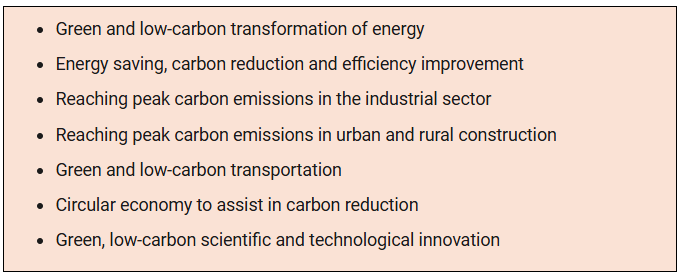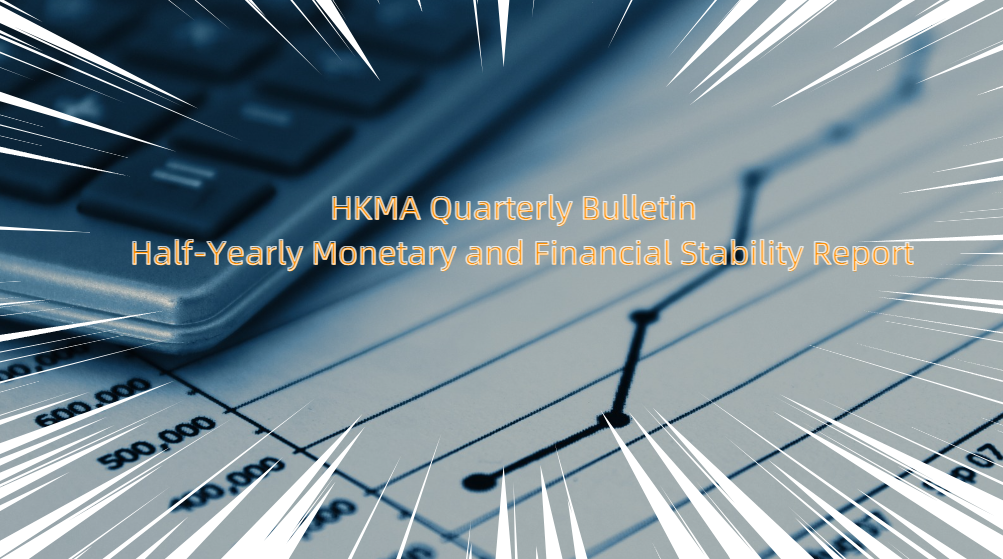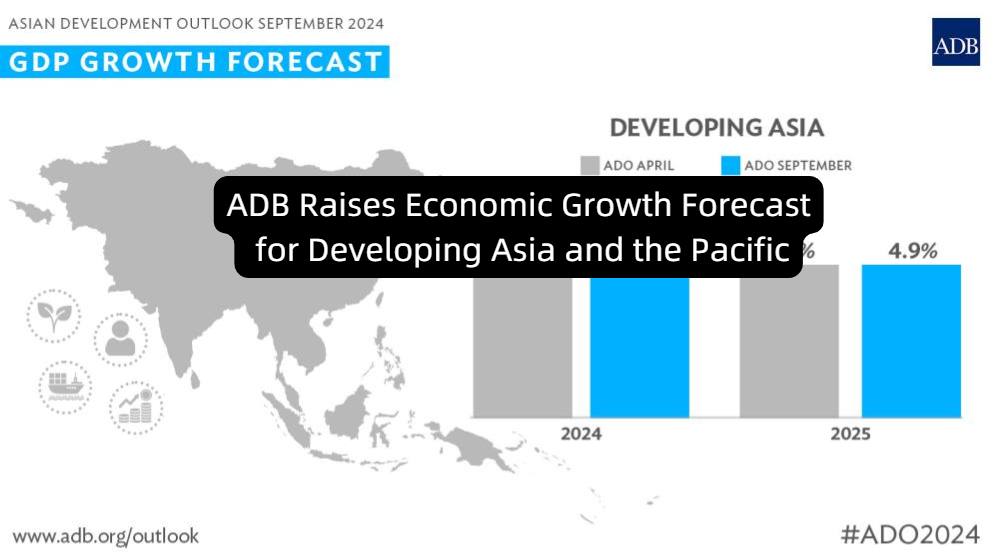Navigating the Priorities of Modern Chinese Business
Predominance of Sustainability
Chinese businesses are increasingly recognising the importance of sustainability. This emphasis has been driven not only by the need to follow regulatory requirements in line with China's “Dual Carbon” targets but also by demands from a diverse set of stakeholders including institutional investors and corporate clients, as well as end‑customers both domestically and abroad. This shift is also evident among those Chinese enterprises and investors aiming to extend their reach into Belt and Road countries and other international markets.
Such developments are no coincidence, as global warming and climate change pose formidable challenges to humanity. Notably, the elevation in the Earth's temperature has reached alarming levels amid increased greenhouse gas emissions, such as carbon dioxide and methane, primarily due to human activities. Addressing these complex climate‑change issues requires widespread alterations in numerous sectors of the global economy, particularly in energy production, land use and control of greenhouse gas emissions.
In response to such escalating threats, China is actively working to reduce carbon emissions and promote sustainable development practices. The country's proactive approach is anchored in its commitment to transitioning to a green economy and a more sustainable future. During the course of its 14th Five-Year Plan (2021-2025), China is committed to strategically charting a course towards its carbon peak and carbon neutrality goals. This represents a significant shift in the government's development paradigm, which now emphasises environmentally friendly and sustainable measures.
As highlighted in The Outline of the 14th Five-Year Plan for National Economic and Social Development and the Long-Range Visions Through the Year 2035 of the People's Republic of China, the country now envisions a transformational shift towards green production and lifestyle, leading to a gradual decrease in carbon emissions after hitting a peak. This vision and the related plans aim to fundamentally improve the ecological environment and the realisation of building a 'Beautiful China'. They herald a momentous shift in the country's development agenda that sees it moving beyond reliance on carbon, while signalling a key pivot towards environmentally mindful considerations within national development frameworks.
Such developments inevitably have far‑reaching implications for businesses operating within China, as well as for those Chinese enterprises adopting the “going‑out” strategy to expand internationally. Intriguingly, nearly 90% of mainland enterprises surveyed by HKTDC reported plans to "go global" within the forthcoming one to three years. Approximately 72.8% aim to capitalise on opportunities within the RCEP and Belt and Road markets, while 65.1% of respondents have set sights on advanced economies such as Europe and North America. Their primary objectives for "going out" encompass various areas, including logistics and transportation (28.8%), marketing and sales (26.9%), establishing overseas factories (23.3%), and sourcing internationally (15.9%).1 As part of this expansion strategy, these businesses need to incorporate considerations of extreme weather risks ‑ including catastrophic flooding, extreme heat, and windstorms ‑ into their supply chain risk management to ensure its comprehensiveness. Likewise, in expanding their global footprint, they must acknowledge the importance of compliance with the sustainability requirements of their target markets.
In the circumstances, businesses will have to navigate an increasingly challenging landscape of environmental regulations, invest in cleaner technologies and adopt sustainability as the core principle of their operations, with the latter encompassing everything from managing the climate‑related risks to enhancing supply chain sustainability. These business strategies will certainly require significant upfront investment and broad organisational shifts. However, the long‑term benefits could also be substantial, as they offer the potential to enhance corporate value and brand perception, enable long‑term cost savings, and unlock opportunities in the growing world of green financing.
Navigating the Priorities of Modern Chinese Business
With regard to the domestic landscape, China is making strides in its commitment to the Paris Agreement by establishing “Dual Carbon” targets for peak carbon and carbon neutrality. Speaking at the general debate of the 75th session of the United Nations General Assembly in September 2020, Chinese President Xi Jinping announced that China would scale up its intended nationally determined contributions by adopting vigorous policies and measures to see carbon dioxide emissions peak before 2030 and achieve carbon neutrality before 2060. It followed that carbon peaking and neutrality were included in China’s overall plan for environmental protection at a meeting of the Commission for Financial and Economic Affairs under the CPC Central Committee presided over by President Xi in March 2021.
These goals represent a significant increase in the ambition of China’s climate policies, while signalling an important commitment to accelerating the country's path to a green and low‑carbon economy. However, achieving these aims requires extensive efforts in reshaping the country's energy generation and usage, including implementing energy efficiency measures, expanding renewable energy and continuing to reduce reliance on coal. Specifically, the central authorities adopted a document entitled Guidelines for Carbon Dioxide Peaking and Carbon Neutrality in Full and Faithful Implementation of the New Development Philosophy, which defined the working guidelines, main objectives and key tasks for achieving carbon peak and neutrality2. This was followed up with an action plan for carbon peaking before 2030, issued by the State Council in October 20213, which covered a number of areas, including:

These commitments and actions have multiple implications for businesses and investments in China. As outlined in this year's government work report delivered at the 14th National People’s Congress on 5 March 2024, the Chinese government is set to strengthen the construction of a more ecologically‑based society and further promote green, low‑carbon development. Accordingly, the government will vigorously promote the green transformation of the industrial structure, energy structure, transport structure, and urban‑rural construction development. It is also set to enhance the ability to statistically calculate and verify carbon emissions, establish a carbon footprint management system and expand the coverage of the national carbon market industry. As a result, the country as a whole is working towards green and low‑carbon development across multiple sectors.
Businesses with a focus on renewable energy, electric vehicles, energy‑efficient technology and other green industries could see an increase in opportunities as China steps up its efforts to transition away from fossil fuels, a move that will potentially impact domestic and foreign companies operating in such sectors across the mainland. However, such developments will also bring about changes to the regulatory environment while impacting the financing environment. Taken together, these changes suggest that investors must align their strategies with the country's transition towards a more sustainable, low‑carbon economy.
Stricter regulations: companies face stricter environmental regulations as China works to decrease its carbon emissions. This could, for instance, lead to increased costs for companies in such traditionally high-emitting sectors as oil, gas, coal and manufacturing. Similarly, companies involved in high-carbon industries may experience challenges due to regulatory changes aimed at reducing carbon emissions.
More recently, China's Standardisation Administration, along with several other departments, issued guidelines establishing carbon peaking and carbon neutrality standards. The authorities aim to formulate or update at least 1,000 national and industry standards by 2025 to keep pace with the international community.4
In another development, in 2023, the National Development and Reform Commission released a plan for the launch of carbon peaking pilot projects in 100 cities and industrial parks nationwide5. In early 2024, the Ministry of Industry and Information Technology then announced guidelines for the establishment of a system of carbon peaking and carbon neutrality standards for the industrial sector, in order to achieve peak carbon by 2030 in line with the country's target6. These developments have already started to impact businesses and investment across a number of different sectors.
On the financial front, China's peak carbon and neutrality ambitions have also brought about changes in the country's financing environment as it works towards implementing “green financing” policies. In March 2024, for example, the People's Bank of China and six other bodies issued a set of guiding opinions relating to stepping up financial support for green and low carbon development7. This document’s key areas of focus included optimising green finance standards, strengthening the disclosure based regulatory regime and fostering the development of the green financial market and related products. As a result, such policies are expected to make it easier for companies operating sustainably to get access to capital, while discouraging the financing of projects harmful to the environment.
Sustainability is, therefore, increasingly becoming a determinant factor in the decision making process of those investors and corporations engaging with Chinese businesses. Companies that fail to integrate sustainability and carbon reduction measures into their operations risk negatively impacting their brand image and financial performance. It is, therefore, socially responsible for Chinese investors considering domestic ventures or international business co operation to prioritise sustainability and embrace a long term commitment to reducing carbon emissions. Businesses that wish to thrive in mainland and foreign markets must demonstrate a commitment to sustainability, regardless of the method. This is evidenced by a recent survey by the Hong Kong Trade Development Council(HKTDC), which showed that 99.7% of surveyed enterprises in the GBA intended to incorporate – or enhance the number of – ESG elements in their business operations within the next two years.8
2 For further details, please refer to: China Announces Plans for Carbon Neutrality
3 For further details, please refer to: China Reveals Action Plan for Carbon Dioxide Emissions to Peak Before 2030
4 For further details, please refer to: China Announces Guidelines for Establishing Carbon Peaking and Carbon Neutrality Standards
5 For further details, please refer to: China Rolls Out Plan for Carbon-Peaking Pilot Projects
6 For further details, please refer to: China Issues Guidance on Establishing Carbon Standards for Industrial Sector
7 For further details, please refer to: China Issues Guidance on Financial Support for Green and Low-Carbon Development
8 Source: “Sustainability in the GBA: Unlocking Opportunities and Empowering Growth”, Hong Kong Trade Development Council (in partnership with United Overseas Bank)






















































First, please LoginComment After ~